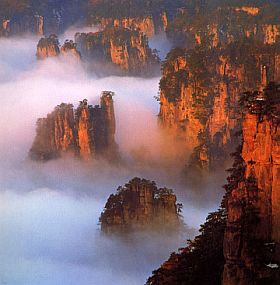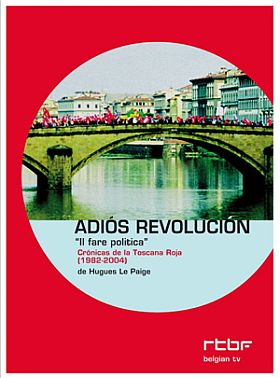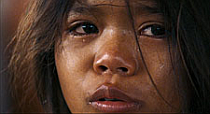


Møder/CPH:DOX 21

Det går sjældent som planlagt, når jeg er på festival. Billetter kan ikke fås, visninger ikke nås, titler ikke til stede i on-line samlingen på markedet. Men, men så er der til gengæld store overraskelser, nye opdagelser, uventede møder. Det begyndte i det planlagte, jeg måtte med det samme jeg kom se filmen om mordet på Anna Politkovskaya.
Eric Bergkraut: Letter to Anna (Det viste sig at være en velordnet, klar og uhyre vigtig journalistisk materialesamling til forståelse af dette usædvanlige menneske, vigtigst er interviewet med Politkovskayas redaktør)
Jonathan Cauette: Tarnation (.. og så løb jeg ind i en række film, som alle er lavet på privatlivsarkiver. Først et forrygende levet og klippet familiedrama. En kvindes opvækst i et helvede – påført eller selvforskyldt, faktisk eller digtet – det holder filmen svævende i sin musikfortælling, men hendes smerte er autentisk)
Michel Auder: The Feature (.. 184 minutters samvær med et menneskeliv i avant garde kunstens centrum, i udkanten af det, vi kalder det almindelige, men i så utildækket ærlighed, at jeg kan overføre selv det mest eksotiske til den historie jeg burde kende bedst – og herefter kender bedre. Mødet med Auder blev mit vigtigste, hans film min allerstørste oplevelse)
Morgan Dews: Must Read After My Death (.. og så til den nok mest tunge, 73 minutter med det mest ordinære private smalfilmmateriale kombineret med noget så ualmindeligt som en dagbog på bånd, alt gemt som et testamente af denne ualmindeligt almindelige kvinde, hvis fortælling, Dews uhyre langsomt, men konsekvent lader vokse ud af kedsommeligheden ind i den klassiske tragedie)
Agnès Varda: Les Plages d’Agnès (.. herefter til den letteste, mest opfindsomt farverigt dansende film: Varda har ombygget sit vidunderlige privatarkiv og sine erindringer til en komedie, så jeg ler, så tårerne triller og opdager at de kommer af vemod og sorg over det tabte, og kun den energiske evige skabelse af scenernes kunstværker tager kampen op mod forgængeligheden, og den elskedes grav overstrøs med to slags røde blomster, hans og hendes, endnu friske)
Amir Labaki: 27 Scenes About Jørgen Leth (.. dette arkiv administreres hengivent af en åbenlys beundrer, de præcist valgte citater fra filmene tegner deres billede af et værk, der hænger sammen i en forskning, som endnu en gang imponerer i omfang og konsistens)
Werner Herzog: Encounters At The End Of The World (.. og endelig flyttedes fokus for mig væk fra den tabte tid, og vemodet forvandledes til klaustrofobi med dykkerne under Antarktis havis og undren over naturforskningens galgenhumor, ja, der blev leet meget i salen, til simpel angst, at det efter dinosaurernes uddøen så pludseligt som art dengang i fortiden nu er vores tur, for det minder Herzogs alvor uden nåde og hans tydelige billeder af vore fremtidige ruiner mig om. Og dette møde bliver nok det uafrystelige)








